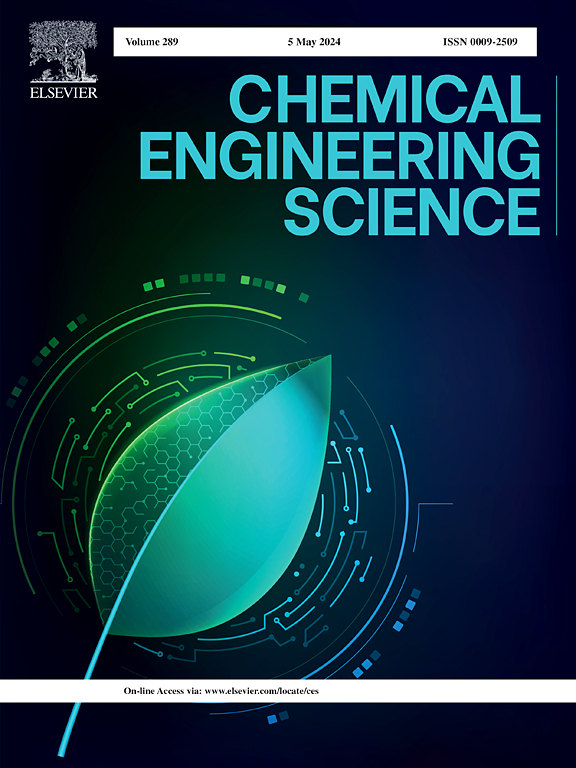基于新型CeO2-Fe3O4异质结催化剂的过硫酸盐深度氧化强化土壤多环芳烃的降解
IF 4.1
2区 工程技术
Q2 ENGINEERING, CHEMICAL
引用次数: 0
摘要
由于多环芳烃的持久性和毒性,多环芳烃在土壤中的积累给环境带来了挑战。利用纳米颗粒活化过硫酸盐(PS)是一种环保、经济的降解多环芳烃的方法。在此基础上,构建了以BC负载Fe3O4和CeO2作为PS活化剂(Fe3O4-Ce@BC/PS)的高级氧化体系,在室温下反应48 h,共脱除土壤中89.34 %的PAHs。值得注意的是,高分辨率透射电镜分析证实了CeO2-Fe3O4异质结的存在,密度泛函理论计算进一步揭示了该结构的关键功能。降低了PS的吸附能(- 4.03 eV),提高了PS的利用效率。此外,在反应过程中,OH和SO4−作为主要活性物质与1O2、O2−和电子转移协同降解多环芳烃。总之,本研究开发的Fe3O4-Ce@BC/PS系统为多环芳烃污染土壤提供了有效的解决方案。本文章由计算机程序翻译,如有差异,请以英文原文为准。


Persulfate advanced oxidation based on a novel CeO2-Fe3O4 heterojunction catalyst for enhanced degradation of soil PAHs
Due to the persistence and toxicity of PAHs, the accumulation of PAHs in soil causes environmental challenges. Utilizing nanoparticles to activate persulfate (PS) is an eco-friendly and cost-effective method for degrading PAHs. Herein, an advanced oxidation system with Fe3O4 and CeO2 loaded on BC as PS activators (Fe3O4-Ce@BC/PS) has been constructed, achieving a total removal of 89.34 % of PAHs from soil at 48 h of reaction at room temperature. Notably, High Resolution Transmission Electron Microscope analysis confirmed the presence of a CeO2-Fe3O4 heterojunction, and Density functional theory calculations further revealed the key function of this structure. It reduced the adsorption energy of PS (−4.03 eV), thereby improving its utilization efficiency. In addition, during the reaction process, ![]() OH and SO4
OH and SO4![]() − as the main active species collaborated with 1O2, O2
− as the main active species collaborated with 1O2, O2![]() − and electron transfer to degrade PAHs. In a word, the Fe3O4-Ce@BC/PS system developed in this study provided an effective solution to the problem of PAHs-contaminated soil.
− and electron transfer to degrade PAHs. In a word, the Fe3O4-Ce@BC/PS system developed in this study provided an effective solution to the problem of PAHs-contaminated soil.
求助全文
通过发布文献求助,成功后即可免费获取论文全文。
去求助
来源期刊

Chemical Engineering Science
工程技术-工程:化工
CiteScore
7.50
自引率
8.50%
发文量
1025
审稿时长
50 days
期刊介绍:
Chemical engineering enables the transformation of natural resources and energy into useful products for society. It draws on and applies natural sciences, mathematics and economics, and has developed fundamental engineering science that underpins the discipline.
Chemical Engineering Science (CES) has been publishing papers on the fundamentals of chemical engineering since 1951. CES is the platform where the most significant advances in the discipline have ever since been published. Chemical Engineering Science has accompanied and sustained chemical engineering through its development into the vibrant and broad scientific discipline it is today.
 求助内容:
求助内容: 应助结果提醒方式:
应助结果提醒方式:


